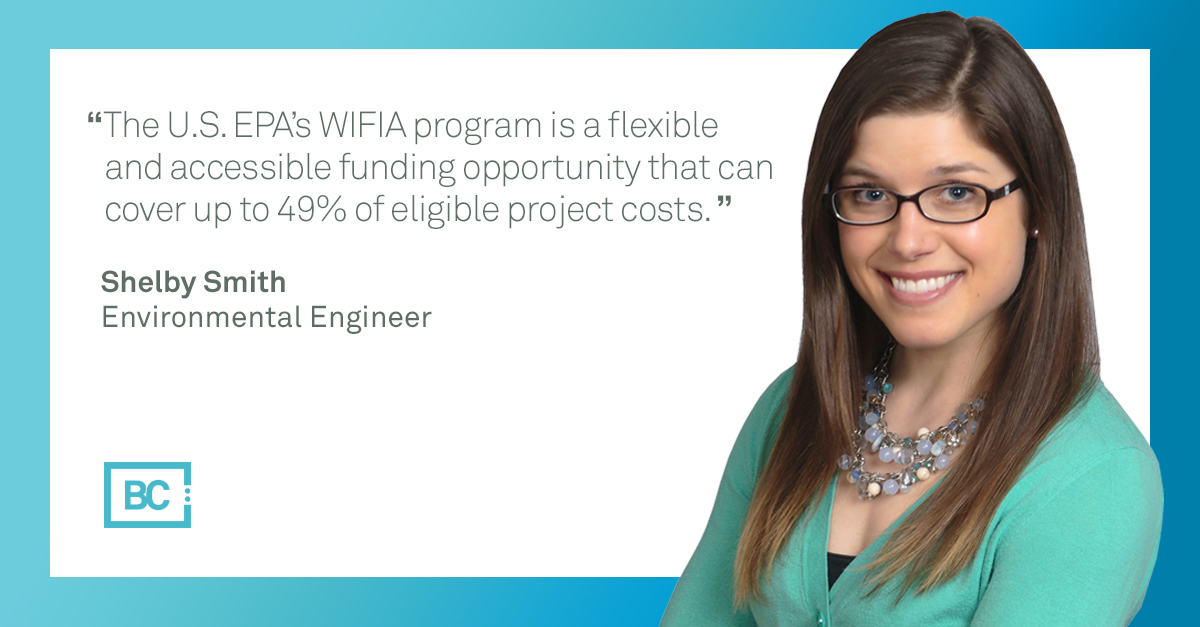June marks the beginning of hurricane season in the Gulf of Mexico and the Atlantic Ocean. With that in mind, now is a good time to review facility shutdown and securing procedures, state and federal guidelines for flooding preparedness, and the safety measures your facility has in place to prevent and minimize chemical and hazardous substance releases as a result of storm damage or flooding. Being prepared to minimize releases and understanding release reporting requirements is key during this season.
In EPA news, the fiscal year 2022 budget submitted to Congress included $11.2 billion earmarked for the EPA. Funds are marked for several specific initiatives including rebuilding infrastructure and creating jobs, protecting public health, tackling the climate crisis, and advancing environmental justice.
Other important regulation and compliance items to keep an eye on:
Ask an Expert: WIFIA
The Water Infrastructure Finance and Innovation Act (WIFIA) program is a federal plan to accelerate investment in water infrastructure by offering long-term and low-cost supplemental loans. This month’s featured BC expert Shelby Smith sheds more light on this well-funded and growing federal program to accelerate water and wastewater infrastructure projects. Read “Ask an Expert”
New construction stormwater general permit proposed
The EPA is seeking public comment on its proposed 2022 Construction General Permit (CGP) for stormwater discharges from construction activity. Key proposed changes for the CGP include new or clarified provisions related to erosion and pollution prevention controls, dewatering discharges, and permittee training.
Clean Water Act revision
EPA announced that it will revise the 2020 Clean Water Act Section 401 Certification Rule with the intent to strengthen the authority of states and tribes to protect their water resources while supporting efficiency and efficacy.
TSCA tightening
The Toxic Substances Control Act (TCSA) has been the subject of review by the Biden administration and the EPA. Current actions include risk evaluations, fee assessment, new chemicals program, PBT chemicals, and tightened chemical oversight.



